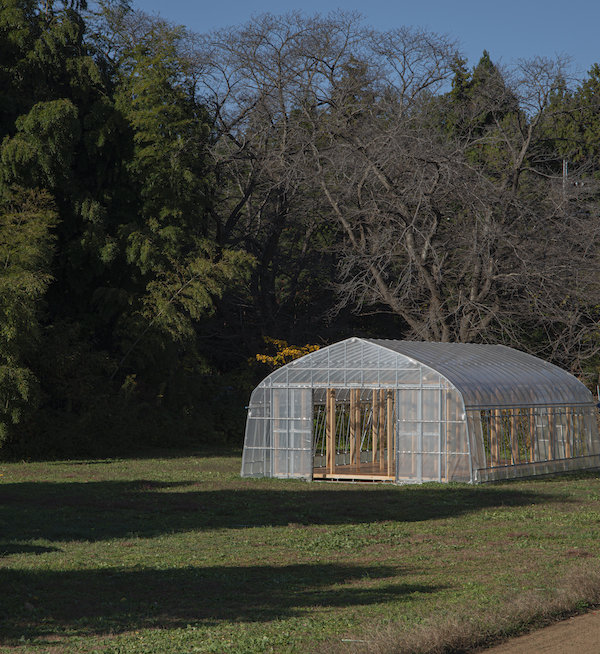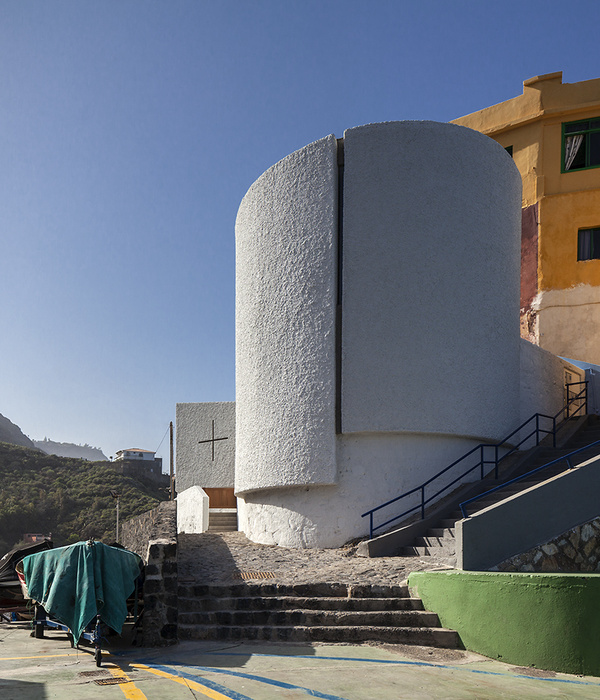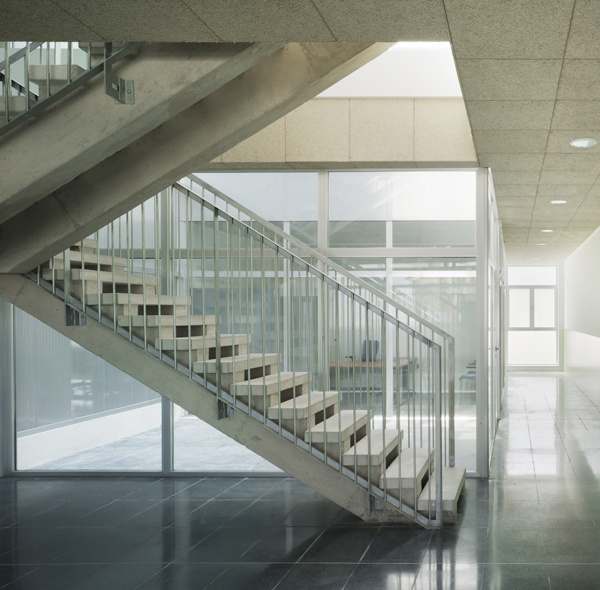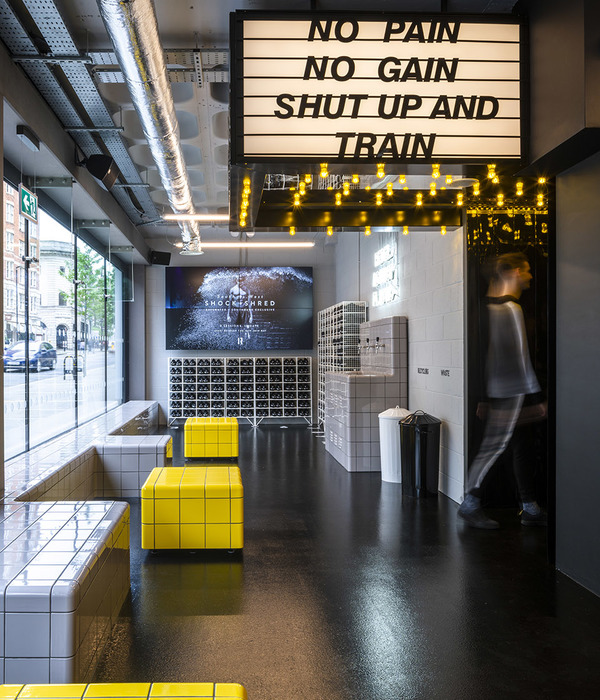超轻村,由内至外的迷惑,2011深圳香港双年展参展作品。你可以把街道调转过来,从另一面观察这个城市,从中发现灵感。这个亭子超脱物理范畴影响人们的经验观感—-内与外,公共与私人,自然与人造景观。在内部,外部被夸张的引入,人们更强烈的的意识到外部世界。大小两个入口展现出集体与个人的似是而非的相对边界场景。人们在里面的游走时景观反射也发成着剧烈变化。
GIZMO – Pavilion for 2011 Shenzhen – Hong Kong Biennale of Urbanism and Architecture
AUTHORS: Lea Pelivan + Toma Plejić / STUDIO UP
PROJECT TEAM: Irena Bakić, Josipa Baričević, Nikola Brlek, Luka Cvitan, Jelena Martić, Marko
Salopek, Hana Svatoš-Ražnjević, Vanda Trifunović
COLLABORATION: Velcon Projekt: Albert Pavlović, Veljko Nižetić, Lidija Nizić, Marko Sardelić
(cosntruction design)
PHOTOS: Miljenko Bernfest, Marko Salopek
Shenzhen and Hong Kong Bi-City Biennale takes place since 2005, with ‘urbanisation’ as a set long-term theme. This year, the chosen chief curator is Terence Riley, internationally reckognized architect and curator. Among his significant projects are leading the renovation and expansion of Museum of Modern Art (New York) and The Miami Art Museum. In his curatorial statement for the 2011 Bienale, Terence Riley conceived a rather simple, axiomatic but powerful theme: Architecture creates cities – Cities create architecture. Among an extensive programme, in Shenzhen center, Riley created an exhibition entitled Ultra-Light Village, offering six architectural teams to design lightweight, transportable structures. Based on the nominations by noted experts from the field of architecture, six offices were chosen: Amateur Architecture Studio (Hangzhou, China), Clavel Arquitectos (Murcia, Spain), MOS (New York), OBRA (New York), STUDIO UP (Zagreb, Croatia) and Wei Chun Yu (Changsha, China). Setting the theme of lightness, Riley asks the pavilions to explore the idea of ‘light’ in both construction and concept, referencing also the (today much abused) theme of sustainability.
As part of the UltraLight Village exhibition, STUDIO UP’s GIZMO questions the concept of lightness not as a physical condition, but as an experience. It serves as a device, challenging the ideas of interior and exterior, public and private space, nature and manufactured landscape.
It confronts people and space around them in a paradoxical way – one is more aware of the outside world when is inside. Such situation initiates one’s senses and thoughts, provoking a certain reaction to the exaggerated world they see. The two opposing entrances relativize the border between collective and individual scale, creating yet another paradoxical scene. At singular entrance, the exterior is hypertrophied; at mass entrance, the focus is the individual.
The reflective interior generates the nomadic aspect. Depending on location and position, Gizmo is each time a different space: the reflections of the exterior change the space within. Radically.
MORE:
Studio Up
,更多请至:
{{item.text_origin}}












